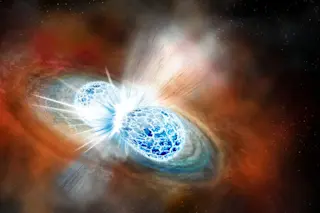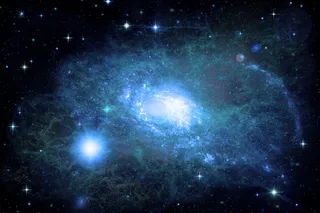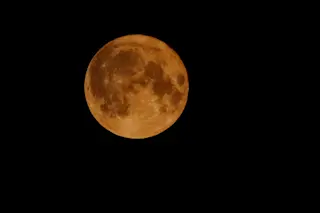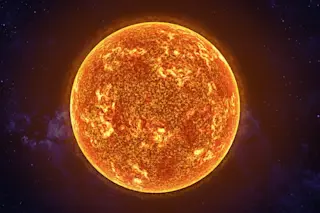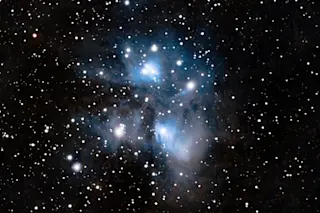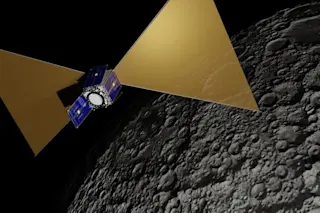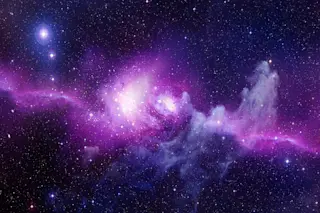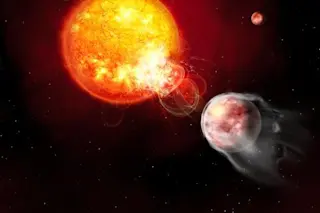Two neutron stars merge into a kilonova. (Credit: Illustration by Robin Dienel, courtesy of the Carnegie Institution for Science) It took astronomers a century to make the first-ever gravitational wave detection, confirming a core prediction of Albert Einstein’s theory of general relativity. But this month, the floodgates have opened.
On Friday, scientists with the Laser Interferometer Gravitational-Wave Observatory (LIGO) announced they’ve likely detected a second gravitational wave event in as many days. Detectors at three locations around the world caught the arrival of a probable ripple in space-time around 11:20 a.m. E.T. It followed right on the heels of a gravitational wave detection Thursday that sent astronomers racing to observe the event with their telescopes.
In all, it’s the fifth gravitational wave detection this month. And the influx has astronomers excited about kickstarting the era of multi-messenger astronomy, where scientists can combine gravitational wave data with observations from conventional telescopes ...


